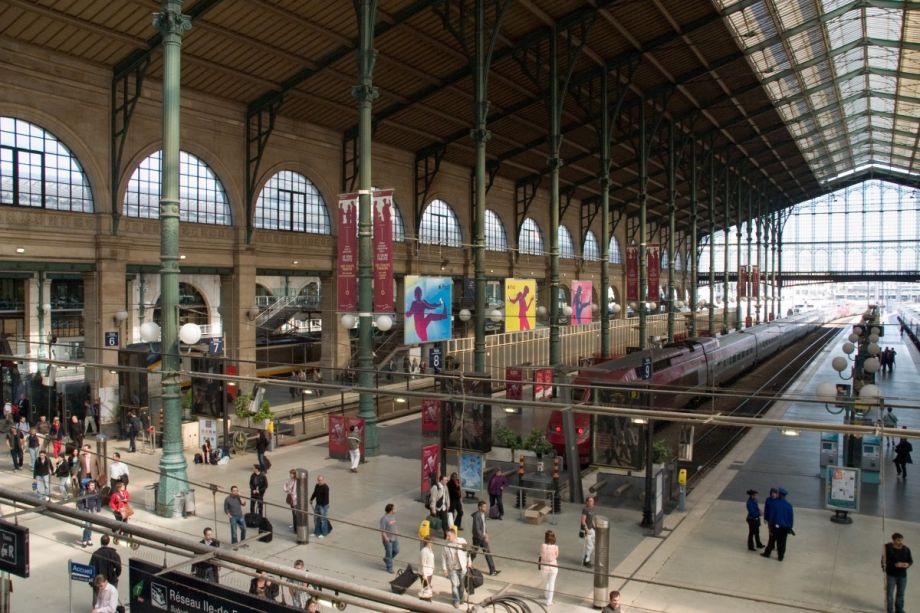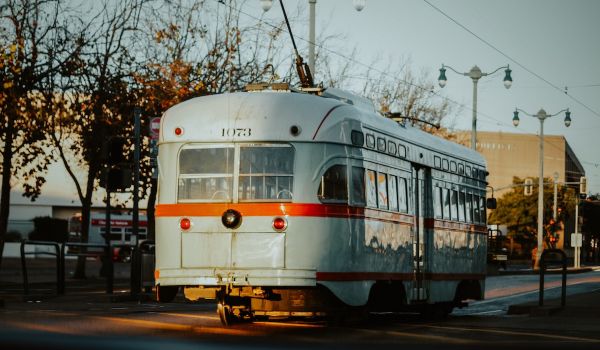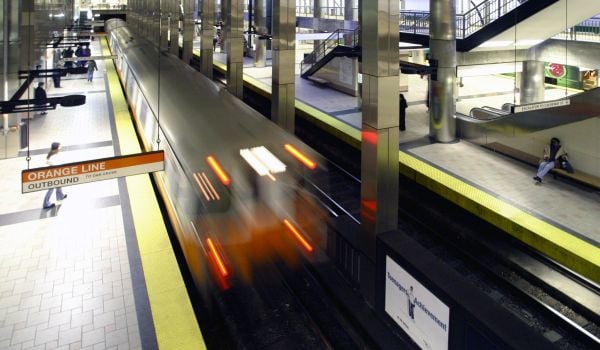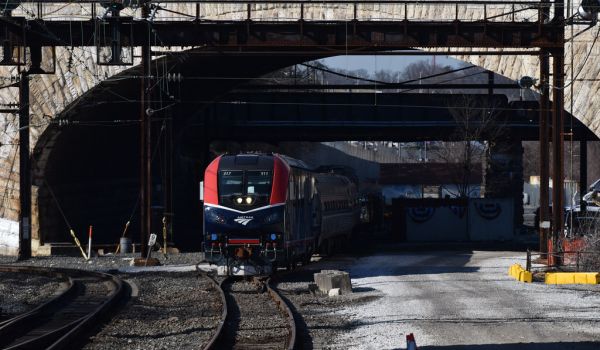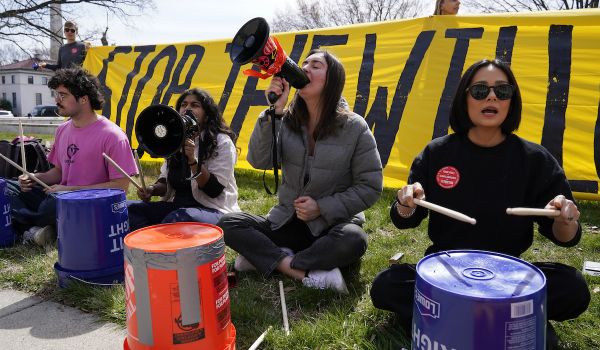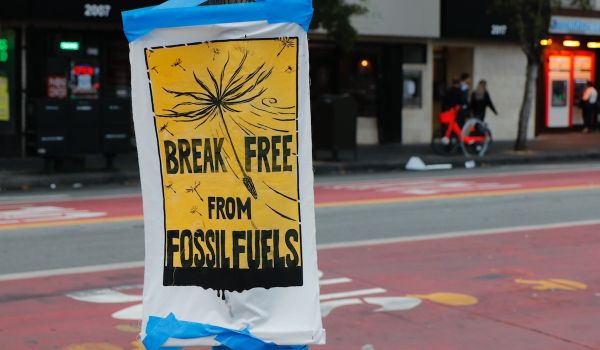Our weekly “New Starts” roundup of new and newsworthy transportation projects worldwide.
Europe’s Busiest Train Station to Get Makeover
More than 700,000 people pass through Paris’ Gare du Nord every day to catch trains to the suburbs, northern France, Belgium, the Netherlands, Germany and Britain, making it the busiest railroad interchange station in Europe. A makeover unveiled by station owner SNCF on June 24th will make it easier for those 700,000 users to get from train to street and from train to train.
A Global Rail News story describes the main components of the renovation project. The first phase will redesign the main station concourse to eliminate choke points and refurbish some platforms. The second phase will expand the size of the Eurostar departure area by 50 percent and is expected to be finished in time for the UEFA European Football Championship in 2016. Eurostar traffic is expected to jump 20 percent with the arrival of new, higher-capacity train sets set to go in service at the end of this year.
The last phase, accounting for the most significant reconstruction, is slated to begin in 2018 and end in 2023. It will include a 250-meter-long walkway over the mainline tracks with escalators to platform level.
Seoul Plans Massive Rail Transit Expansion
The South Korean Ministry of Transport has signed off on the Seoul city government’s ambitious “Seoul City Plan to Build Railways,” a project that would add 10 new metro lines and extensions totaling 90 km in length over the next 10 years. BusinessKorea reports that nine of the new lines and extensions will be light-rail metros; the 10th is an extension to an existing subway line.
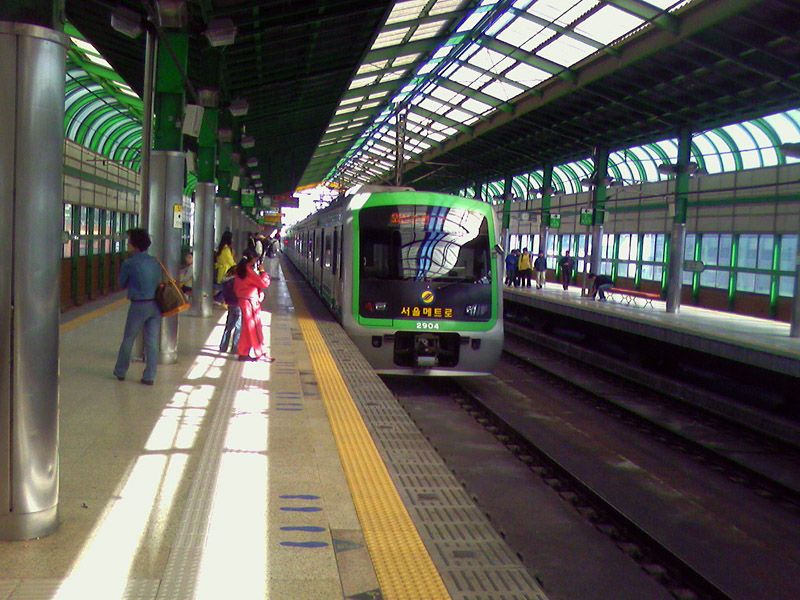
Seongsu metro station in Seoul (Photo by Kejlcxbr)
In a follow-up article breaking down the projects in detail, BusinessKorea notes that the additions are concentrated in three regions of the South Korean capital. Four new subway lines will be built on the city’s west side, two new lines and an extension will be built on its northeast side, and its south side will get one new line and two extensions.
The new lines will bring the Seoul metro out to the city’s westernmost reaches for the first time, relieving development pressure on closer-in districts, and to northeast-side neighborhoods that do not currently have subway service. They will also provide direct service to Seoul National University, eliminating the need for a 15-minute bus ride or a 45-minute walk uphill from the current closest subway station. One of the new lines, the article suggests, could be dubbed the “Young Love Line” as it will connect Seoul National University with the Sinchon-Hongdae-Ewha Woman’s University area.
One of the new lines was the subject of a bureaucratic battle between the Seoul city government and the Gangnam District Office in one of the city’s wealthiest areas on the southeast side. The city government proposed a subway line that would follow two busy thoroughfares through the heart of Gangnam, disrupting traffic on the streets for several years while it is built; the Gangnam District Office proposed a shorter alternate route that avoided construction beneath the two streets. The Transport Ministry sided with the city.
The nine light-rail lines will be constructed by private companies, while the Line 9 extension will be built by the city government. No cost figures have yet been released for the overall program.
Welsh Capital to Get Metro Network
The capital cities of England and Scotland already have rail transit systems. Now the capital of Wales will join London and Edinburgh in having a rail transit network of its own.
BBC Wales reports on a Welsh government proposal for a “Metro” system for Cardiff that would be a mix of light-rail lines, tram routes, improved mainline rail services and faster buses. The current Labour government says the new routes and improvements to existing services needed to have a Capital Region Metro system for Cardiff in service by 2020 will cost £600 million ($943.9 million U.S.)
That figure only represents what it will cost to get the system started: Welsh Minister for Economy and Transport Edwina Hart advised Cardiff region residents not to expect an “all singing and all dancing” Metro by 2020. “We will have the start of the system for the Metro [for 2020], we’ll be modernizing lines and doing further work,” she said, “but it’s going to take a long time to put in place in terms of its delivery.”
The Welsh government has already committed £77 million ($121.1 million U.S.) to the first phase of work, including a new mainline rail station in a Cardiff suburb. The money for the second phase would come from Welsh, United Kingdom and European Union sources. The government’s total cost estimate for buildout of the entire system: £2 billion ($3.14 billion U.S.)
Hart said that a metro was absolutely essential to avoid “chaos” on the capital region’s road network. Cardiff and environs are projected to grow faster than any urban area in Britain save London over the next 20 years; the region’s population is estimated to grow by 80,000 residents, or 25 percent, over that time span. Currently, 90 percent of all trips to and from work in the Cardiff region are made by car.
Opposition parties welcomed the announcement but cautioned that the new system would need to be “well planned and affordable.”
Know of a project that should be featured in this column? Send a Tweet with links to details to @MarketStEl using the hashtag #newstarts.
The Works is made possible with the support of the Surdna Foundation.

Next City contributor Sandy Smith is the home and real estate editor at Philadelphia magazine. Over the years, his work has appeared in Hidden City Philadelphia, the Philadelphia Inquirer and other local and regional publications. His interest in cities stretches back to his youth in Kansas City, and his career in journalism and media relations extends back that far as well.
Follow Sandy .(JavaScript must be enabled to view this email address)


